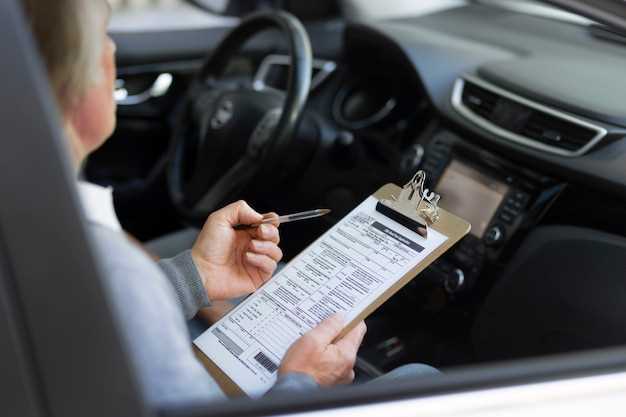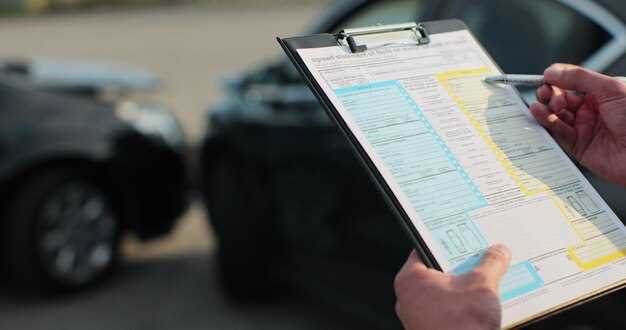
When purchasing a vehicle, understanding its history is crucial for making an informed decision. A comprehensive car history report provides valuable insights into the vehicle’s past, revealing information such as previous ownership, accident history, and maintenance records. This data not only helps you assess the car’s value but also highlights any potential issues that may affect its performance or safety.
The importance of this report cannot be overstated; it serves as a safeguard against unexpected problems and financial losses after the purchase. With the right tools and knowledge, you can easily access a car history report, ensuring you have all the information necessary to evaluate the proposed investment carefully. In this guide, we will explore the essential steps to check a car history report, empowering you to drive away with confidence.
By understanding what to look for in a report, you can identify red flags and make educated decisions. Whether you are a first-time buyer or a seasoned car enthusiast, being equipped with the right information about a vehicle’s history will enhance your buying experience and protect your investment in the long run. Let’s delve into the practical steps for obtaining and interpreting a car history report.
Understanding the Importance of VIN in Vehicle History Reports
The Vehicle Identification Number (VIN) is a crucial component in understanding a vehicle’s history. This unique 17-character code serves as a fingerprint for a specific car, allowing for the tracking of its background, ownership, and condition across its lifespan. Without the VIN, it would be nearly impossible to obtain accurate information about a vehicle.
When accessing a vehicle history report, the VIN is the primary key that unlocks essential details. It provides insight into the car’s manufacture, specifications, and various recalls. Additionally, the VIN helps identify any accidents, title changes, or odometer fraud that may have occurred, making it a vital resource for potential buyers.
The utilization of the VIN also streamlines the process of gathering historical data from multiple sources. Organizations that compile vehicle history reports pull information from government databases, insurance companies, and other sources to present a comprehensive overview. This thorough examination ensures that buyers are aware of any red flags associated with the vehicle.
In conclusion, the VIN is not just a random string of numbers and letters; it is an essential tool that provides a wealth of knowledge regarding a vehicle’s history. Understanding its significance can empower buyers to make informed decisions, ultimately leading to a safer investment in their next vehicle.
How to Obtain a Comprehensive Vehicle History Report

To acquire a detailed vehicle history report, start by gathering essential information about the vehicle in question. This typically includes the Vehicle Identification Number (VIN), license plate number, and the make and model of the vehicle. The VIN is crucial as it uniquely identifies each vehicle and provides access to specific historical data.
Next, choose a reputable service to obtain the report. Numerous providers offer vehicle history reports, with Carfax and AutoCheck being among the most recognized. Visit their websites to initiate the process. You will need to enter the collected vehicle information, particularly the VIN, to access the report.
After entering the vehicle details, you may be required to pay a fee, as comprehensive reports often come at a cost. Payment methods usually include credit cards and online payment platforms. Once the transaction is completed, the service will generate the vehicle history report, which may be available for immediate download or email delivery.
Review the report thoroughly. The vehicle history report will typically encompass important aspects such as previous ownership, accident history, title issues, odometer readings, and service records. Understanding these elements is vital in assessing the vehicle’s condition and potential future issues.
Finally, consider requesting additional checks if necessary. If the report raises concerns, further investigation into specific incidents or maintenance histories may provide additional peace of mind before proceeding with any purchase.
Interpreting Key Findings in a Car History Report

Understanding the results of a car history report is essential for anyone considering a vehicle purchase. The findings can reveal crucial information about the history of the vehicle that may significantly influence your decision.
One of the primary aspects to look for is accident history. This section details whether the vehicle has been involved in any collisions and the severity of those incidents. A car that has been in multiple accidents may have underlying issues that could affect its safety and performance.
Next, check for title status. The report will indicate if the vehicle has a clean title or if it has been branded as salvage, rebuilt, or flood-damaged. A salvaged title often indicates that the car has suffered significant damage and may require extensive repairs that can impact its value and reliability.
Odometer readings are also crucial. Make sure the recorded mileage is consistent through the history report. Inconsistencies may signal potential odometer fraud, where the vehicle’s mileage has been tampered with to create a false impression of its wear and tear.
Another important element is service records. A thorough report will show regular maintenance and repair history, giving insights into how well the previous owner cared for the vehicle. Regular servicing often translates to enhanced longevity and reduced risk of unexpected issues.
Lastly, take note of any recalls. The report should provide information on whether the vehicle has ever been recalled for safety or mechanical defects. Knowing this allows you to ensure that all necessary repairs and modifications have been made to keep the vehicle safe for use.



